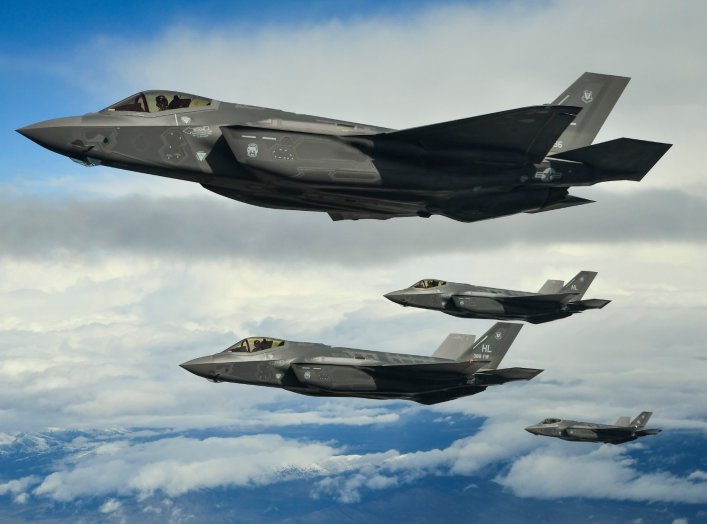
There are over 175 COVID-19 vaccines in development. Almost all government strategies for dealing with the coronavirus pandemic are based on the idea that one of these vaccine candidates will eventually provide widespread protection against the virus and enable us all to return to our normal lives.
But there’s no guarantee that this will happen. Even in the most promising cases, we can’t yet be sure that any vaccine will permanently prevent people from catching COVID-19 and enable the disease to be gradually eradicated or at least contained to limited outbreaks. Vaccines may just reduce the severity of symptoms or provide temporary protection. So what will happen if this is the case?
Some people have argued that when enough of the population have caught COVID-19, and produced an immune response to it, we will have reached “herd immunity” and the virus will no longer be able to spread. But this is a misunderstanding of what herd immunity means and how viruses spread and so is not a realistic aim for COVID-19 control.
Herd immunity is what enables us to eliminate diseases using vaccines. The percentage of a population who need be to be vaccinated to reach herd immunity is calculated using the basic reproductive rate (R0).
This is the average number of people that each person who catches the disease would naturally pass it on to without any medical or public health interventions, taking into account how infectious the disease is and how it is spread.
The higher the R0 number, the more people need to become immune through vaccination to halt the spread. You also need to allow for the fact that some people cannot have the vaccine for medical reasons and some will refuse it.
Numerous diseases have been eliminated in many countries thanks to herd immunity produced by vaccination programmes. But herd immunity is not something that can be achieved by natural infection.
Take the example of measles, which is caused by a virus that has been around in humans for centuries. It is highly infectious – the R0 value is 15. This means that on average one child with measles can infect 15 others. As a result, around 95% of people need to be resistant to the disease for a population to achieve herd immunity.
Most people who recover from a measles infection produce a good immune response that protects them for the rest of their life. And yet, before vaccination, measles was a very common childhood disease. Each new generation of children were susceptible and not enough people naturally became resistant to produce herd immunity.
In the 1930s, there was a temporary herd immunity effect recorded in one location in the US. But this was an exception, and so most countries rolled out universal measles vaccination programmes that have enabled them to come close to eliminating the disease.
Scientists think that the R0 value for SARS-CoV-2 is between 4 and 6, which is similar to that of the rubella virus. The level of vaccination needed to produce herd immunity to and eliminate rubella is 85%.
Coronavirus Natural Immunity
We know that other coronaviruses (including Sars, Mers and some cold viruses), don’t produce a lasting immune response like measles does. And studies of COVID-19 show that, even in hot spots where there have been large numbers of cases and deaths in the last few months, less than 10% of the population show evidence of an immune response from the infection.
This suggests that the natural rates of resistance are a long way from the 85% that could be needed for herd immunity. And that means that, without a vaccine, the virus could become endemic, permanently present in the population like the coronaviruses that cause colds.
Research shows some people can get the same strain of a common cold coronavirus more than once in a single year. And most countries have seen outbreaks of COVID-19 even when they thought they had the infection more or less under control.
So it is possible that the ongoing pattern for COVID-19 will be more local pockets of infection, with even more cases likely during the winter months. Unless the first cases are found and isolated quickly though, these pockets will probably spread over quite wide geographical areas.
This is why it is vital to continue to use public health measures such as social distancing, wearing masks and washing hands to reduce the virus to such low levels that any new outbreaks can be easily contained.
Ideally, if this were successful, the virus might eventually die out because it could no longer spread, as happened with the SARS-CoV virus behind the 2002-2004 outbreak of Sars. But COVID-19 is more contagious and less deadly and so is much harder to control than Sars, so eliminating it this way may not be possible either.
Given that at least 700,000 people have died from COVID-19 worldwide so far and many people are reporting long-term illness as a result of the disease, if the virus does become endemic we should still try to prevent as much infection as possible. A vaccine could provide a way to end the pandemic, but with no prospect of natural herd immunity we could well be facing the threat of COVID-19 for a long time to come.
Sarah Pitt, Principal Lecturer, Microbiology and Biomedical Science Practice, Fellow of the Institute of Biomedical Science, University of Brighton




